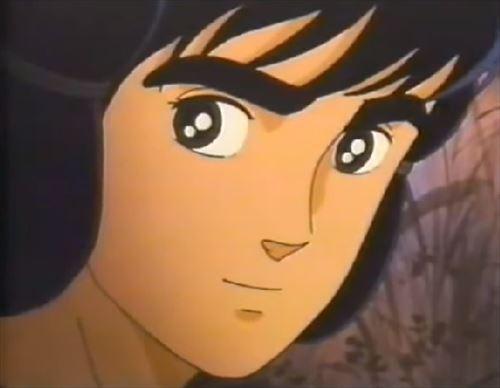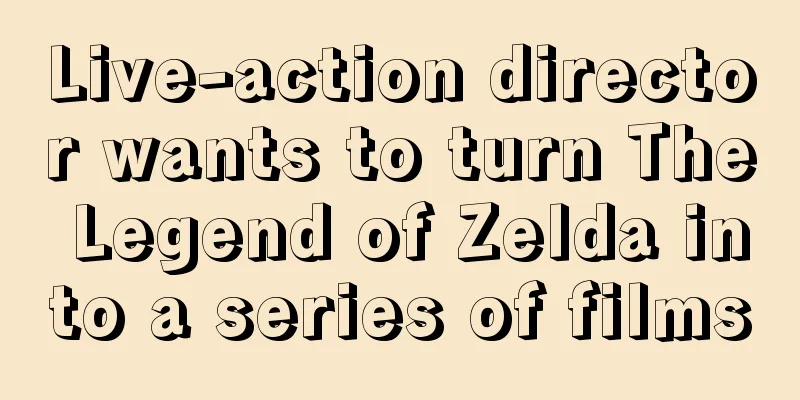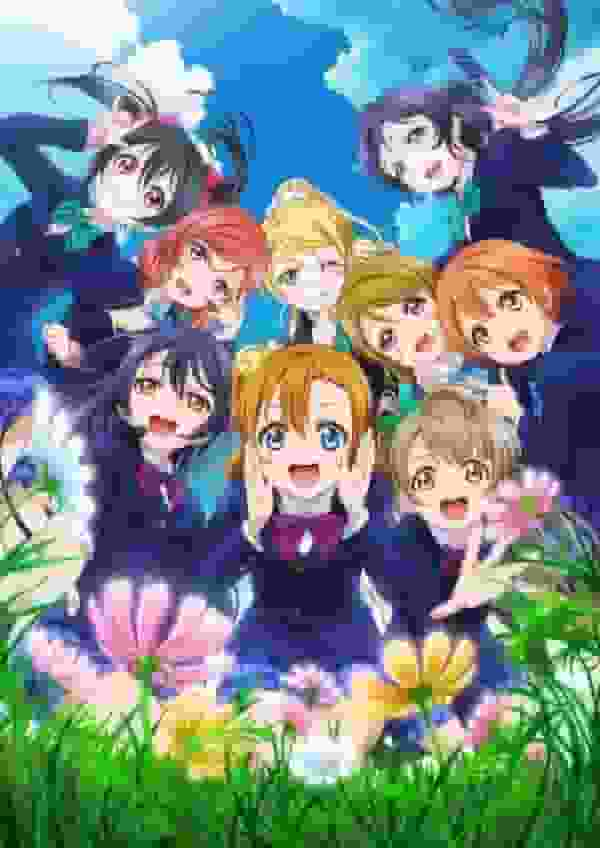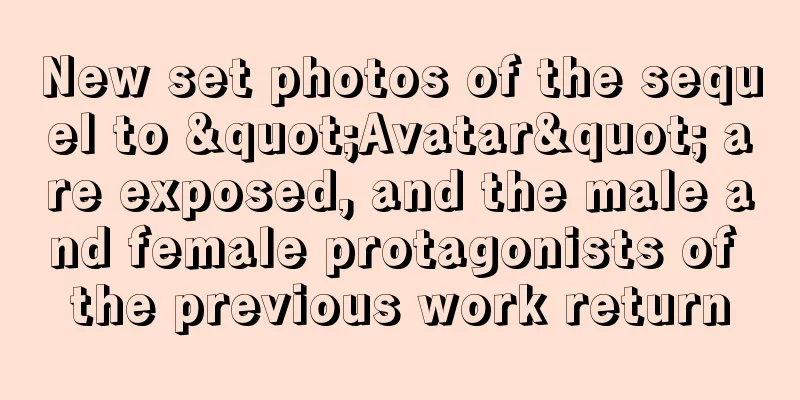Bunpuku Chagama Review: A fascinating story and deep characters

Bunbuku tea kettle■ Public Mediaothers ■ Original MediaTraditional literature ■ First appearance dateJanuary 1, 1932 ■Frequencies10 min ■ Number of EpisodesEpisode 1 ■ ProductionBunzaburo Tomono Shoten, Ikuo Oishi ■ Story The first half is about a tea kettle that turns into a ghost at a temple. The second half is about a raccoon dog in a tea kettle that was sold to a junk dealer and performs a tightrope walk to repay the dealer. The story is exactly the same as Yasuji Murata's "Bunpuku Tea Kettle," but the quality of the illustrations is cruder in comparison. ■Explanation It is synchronized with sides A and B of Nitto Record 3918. The word START appears in the middle, and when this appears, turn the record. When one side of the record ends, titles showing the progress of the story appear on the film, so turn the record over while these are on. When the word START appears, play side B. ■Detailed story and characters"Bunpuku Chagama" is an animated film based on a traditional Japanese folk tale, and the story is divided into two parts. The first half depicts the mysterious phenomenon of a tea kettle transforming into a monster at a temple. The tea kettle transforms into a raccoon dog and causes all sorts of trouble. This part has an atmosphere reminiscent of traditional Japanese ghost stories and monster tales, and has the power to draw the viewer in. In the second half, the tea kettle is sold to a junk dealer, and the raccoon dog then appears in a tightrope walking show. The story of repaying the favor to the junk dealer contains a moral lesson and moves the viewer. This part is the same story as Yasuji Murata's "Bunpuku Tea Kettle," but the illustrations have been criticized for being crude. However, it can also be said that the simplicity of the illustrations enhances the purity of the story. The main character is a raccoon dog that disguises itself as a tea kettle. This raccoon dog is humorous, but also expresses deep emotions at times. The owner of the junk shop also plays an important role, and his humanity adds depth to the story. ■Production background and technology"Bunpuku Chagama" was created by Banno Bunzaburo Shoten and Oishi Ikuo. Considering the historical background of 1932, this work was made using early animation techniques. Within the technical limitations of the time, the work shows many ingenious efforts to effectively convey the story. Of particular note is the synchronization with sides A and B of Nitto Record 3918. This work was presented to audiences in a unique way, using both record and film at the same time. The mechanism of starting the record when the word "START" appears on screen must have been a fresh experience for audiences at the time. In addition, when one side of the record ends, the film displays a title indicating the progress of the story, informing viewers when to turn the record over. Such technical experiments further enhance the appeal of the work. ■ Evaluation and impactBunpuku Chagama skillfully depicts a traditional Japanese folk tale in a short 10-minute film. The story unfolds simply, but has the power to deeply move the viewer. While the illustrations have been criticized for being crude, it could be said that their simplicity actually enhances the purity of the story. This work occupies an important place in the history of Japanese animation films. It has influenced many people as a work that used early animation techniques and offered a unique viewing experience by combining records and film. In particular, the story, based on a traditional Japanese folk tale, plays a role in conveying Japanese culture and morality to the audience. ■ Recommendations and related worksBunpuku Chagama is recommended for those who enjoy traditional Japanese folklore, those interested in early animation techniques, and those looking for a unique viewing experience. It would also be interesting to compare it to Yasuji Murata's Bunpuku Chagama. Related works include animations such as "Momotaro" and "Urashima Taro," which are also based on Japanese folk tales. These works also depict traditional Japanese stories through animation, moving viewers. Other examples of works that use early animation techniques include "Sumo Wrestlers' Story" and "The Monkey and the Crab Battle." These works also show ingenuity in effectively conveying the story within technical constraints. ■ Summary"Bunbuku Chagama" is an animated film based on a traditional Japanese folk tale and was produced using early animation techniques. The story is simple, yet has the power to deeply move viewers. It has also been praised for providing a unique viewing experience by combining records and film. This work holds an important place in the history of Japanese animation films and has influenced many people. It is recommended for those who enjoy traditional Japanese folk tales, those who are interested in early animation techniques, and those who are looking for a unique viewing experience. |
<<: Review and impressions of the manga "Sarukichi wa Katsuta": a masterpiece or not?
>>: The appeal and reviews of "Bunpuku Chagama": A must-see masterpiece for anime fans
Recommend
"Chinese Heroes: The Storm Rises Again" Completed with Hu Bing as the Lead Actor
On the evening of October 20, the film "Chin...
New stills of the live-action movie "Love in the End of the Road" adapted from the BL comic will be officially released on June 5
The live-action movie "Love at the End of th...
"Tenet" box office in China exceeded 200 million, and the global box office reached nearly 150 million US dollars, but it is still far from breaking even.
The latest original sci-fi action spectacle "...
The appeal and evaluation of Bakugan Geogun Rising: A deep review of the third series
Bakugan Geogun Rising: A new adventure and battle...
The appeal and reviews of "Hello, I'm Terumi": A moving story and deep characters
"Hello, this is Terumi" - An anti-Inter...
The appeal and reviews of "Rozen Maiden": A deep look into the story of the dolls
Rozen Maiden: A tale of beautiful dolls' batt...
Zack Snyder's prequel to Army of the Dead, Army of Thieves, releases first trailer
The trailer for Netflix's prequel to Army of ...
The toys and peripherals of "Shang-Chi and the Legend of the Ten Rings" are exposed and the appearance is terrible
Recently, the first trailer of the Marvel superhe...
The actress of the movie "Anita Mui" is revealed. Wang Danni plays Anita Mui
According to Hong Kong media reports recently, th...
The online drama "Who is the Murderer" was launched and received great popularity, but the poster was copied from a Japanese drama and the official apologized
The web drama "Who is the Murderer" has...
Kamen Rider Outsiders ep.2 new trailer will be released online in April
The latest special effects drama in the Kamen Rid...
"Re:Zero" themed Petelgeuse 1/1 bust A strange smile guards you
A 1/1 scale bust of Petelgeuse, a character from ...
Sony plans to expand the Spider-Man universe and launch a female superhero movie
According to Deadline, Sony is planning to expand...
The Chinese TV series "The Reasons Why I Like to Work Overtime" was exposed, and netizens complained about the title of the show
Recently, the SARFT filing information revealed a...
Fight! Dokan-kun - The appeal and evaluation of the hot-blooded battle anime
"Fight! Dokan-kun" - A quirky story abo...









